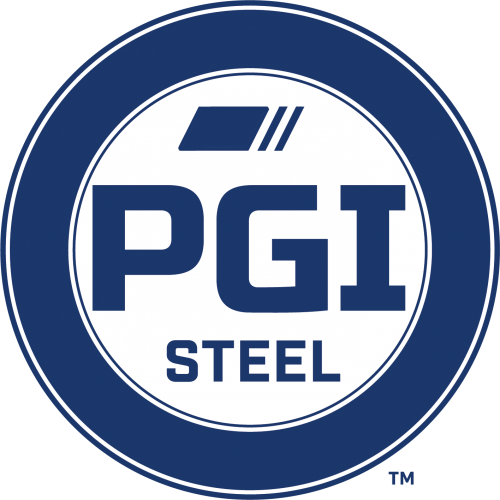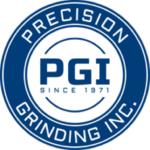FREQUENTLY ASKED QUESTIONS
ABOUT GRINDING STEEL PLATE
[toggle_framed title=”What is Blanchard Grinding?” variation=”blue”]Blanchard grinding gets its name from the Blanchard Machine Company, a specialist in rotary grinding machines, and is also referred to as vertical spindle grinding. Blanchard grinding is used to quickly remove stock from one side of a large part. Blanchard grinding leaves a specific finish pattern on surfaces, produced by the nature of the operation, and of the movement of grinding tools across the surface. The Blanchard grinding process is ideal for surfaces too large for disc grinding, such as plate stock, die blocks and rotary tables.
- Base plates – when setting equipment, a flat base plate will eliminate shimming and minimize labor cost.
- Machine table tops – when building an automated machine, it is important to start with a flat surface to mount critical close tolerance components.
- Stamping components – when building bolsters, die shows, parallels and other components, it is important your parts be flat or restrained in the flat condition to eliminate stack up errors.
- Machining set up – Sometimes your print does not call out flatness. It is still important to make you machining set up easier and will help hold machining tolerances.[/toggle_framed]
[toggle_framed title=”What is Parallelism?” variation=”blue”]
Parallelism is the relationship a surface has to another surface or datum. As it relates to ground plate, a plate is parallel if its thickness is consistent all over the plate. Parallelism is normally checked using a micrometer or caliper.
Parallelism is different than flatness because it is the relationship between two surfaces, while flatness describes a single surface. Parallelism is critical when consistent thickness is required.
The symbol for parallelism is // and is usually follow with an allowed deviation and a datum surface callout.[/toggle_framed]
[toggle_framed title=”What is Squareness?” variation=”blue”]When two surfaces are square, they are at 90˚ of each other. This will usually be written as □. Normally one surface is the datum (fixed point) and a tolerance is specified for how a second surface relates to the datum. The datum can be a surface on the part, the centerline of a bore or a surface off the part on a mating structure.
[toggle_framed title=”How Much Does a Ground Plate Cost?” variation=”blue”]There are several factors in determining the cost of a ground plate. The three most significant factors are the plate thickness, the surface area and the stock removal requirements. Other factors include requirements for flatness, parallelism, surface finish and the number of pieces ordered. Close tolerance requirements on any of these variables could have a significant effect on the cost of ground plate. Therefore, it is important to know and understand the specifications of your project needs before requesting a quote.
- Plate Thickness and Material Type
- Surface Area and Stock Removal Requirements
- Thickness Tolerance
- Flatness Tolerance
- Parallel Requirements
- Quantity Requirements



